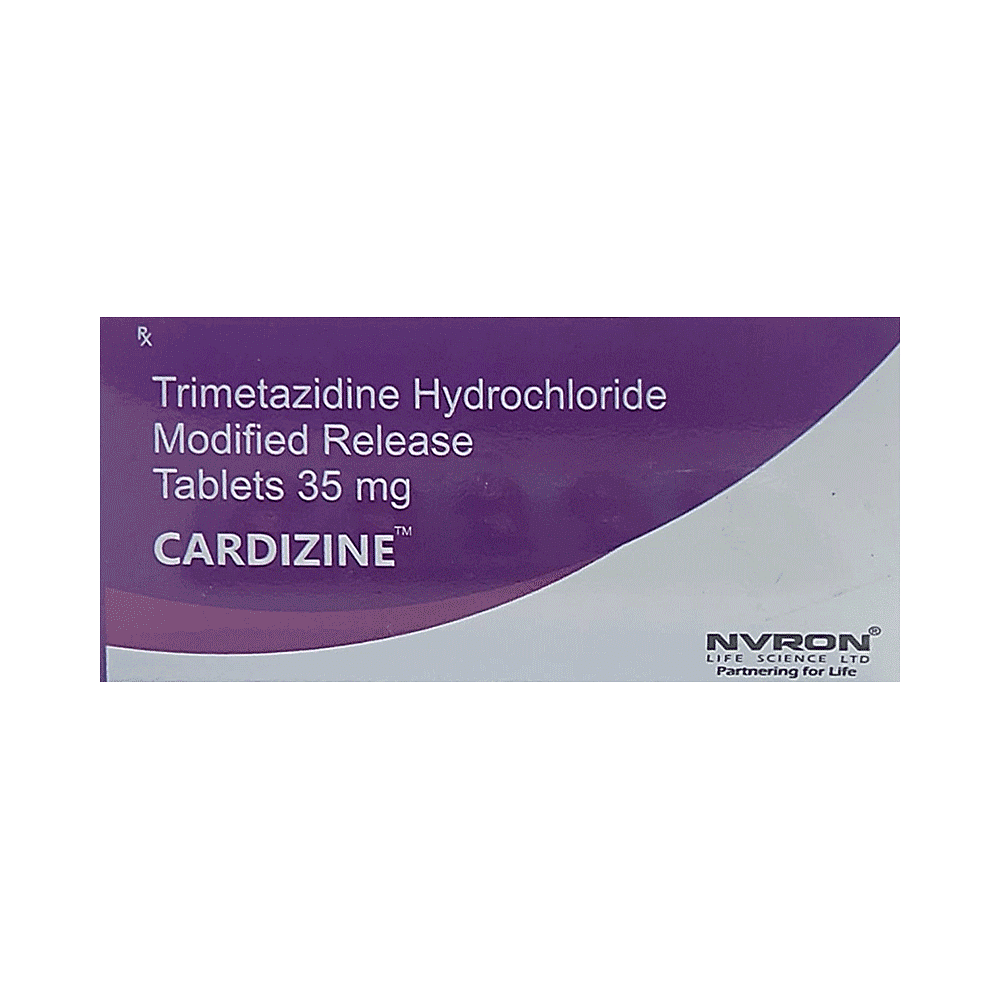
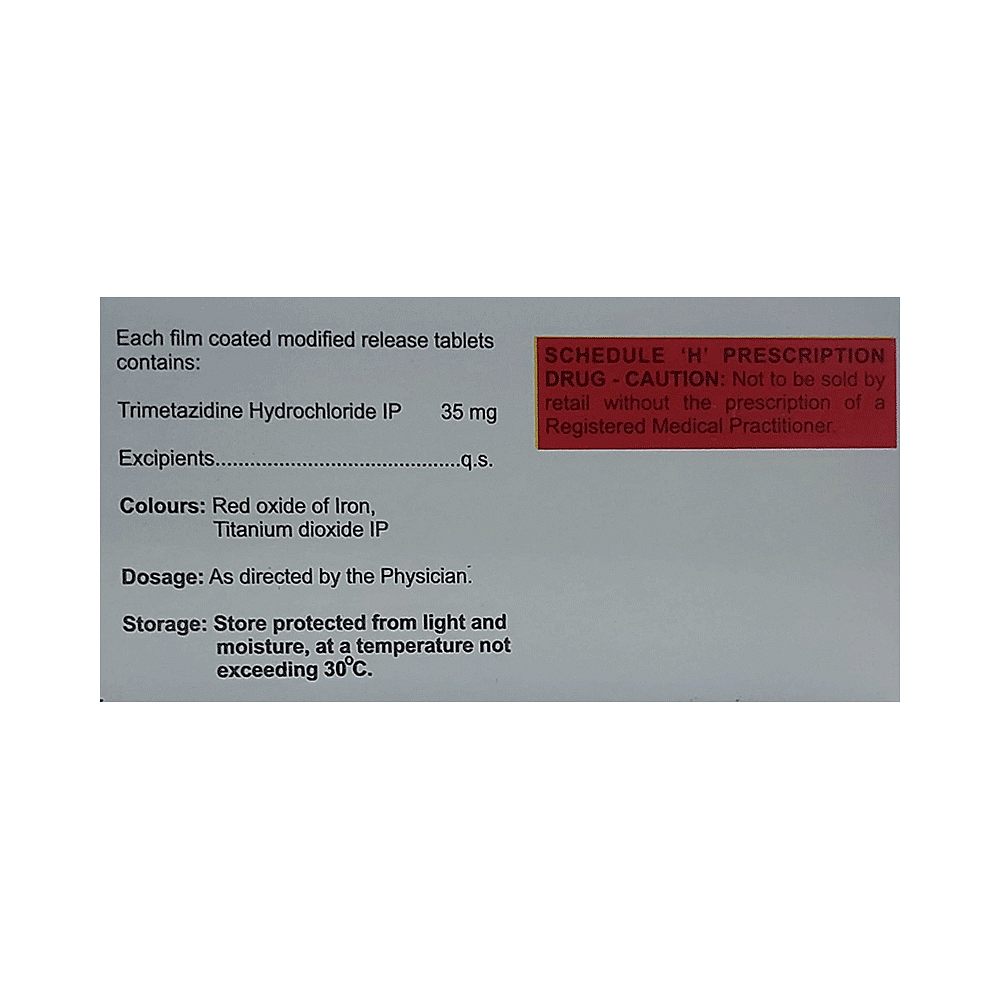
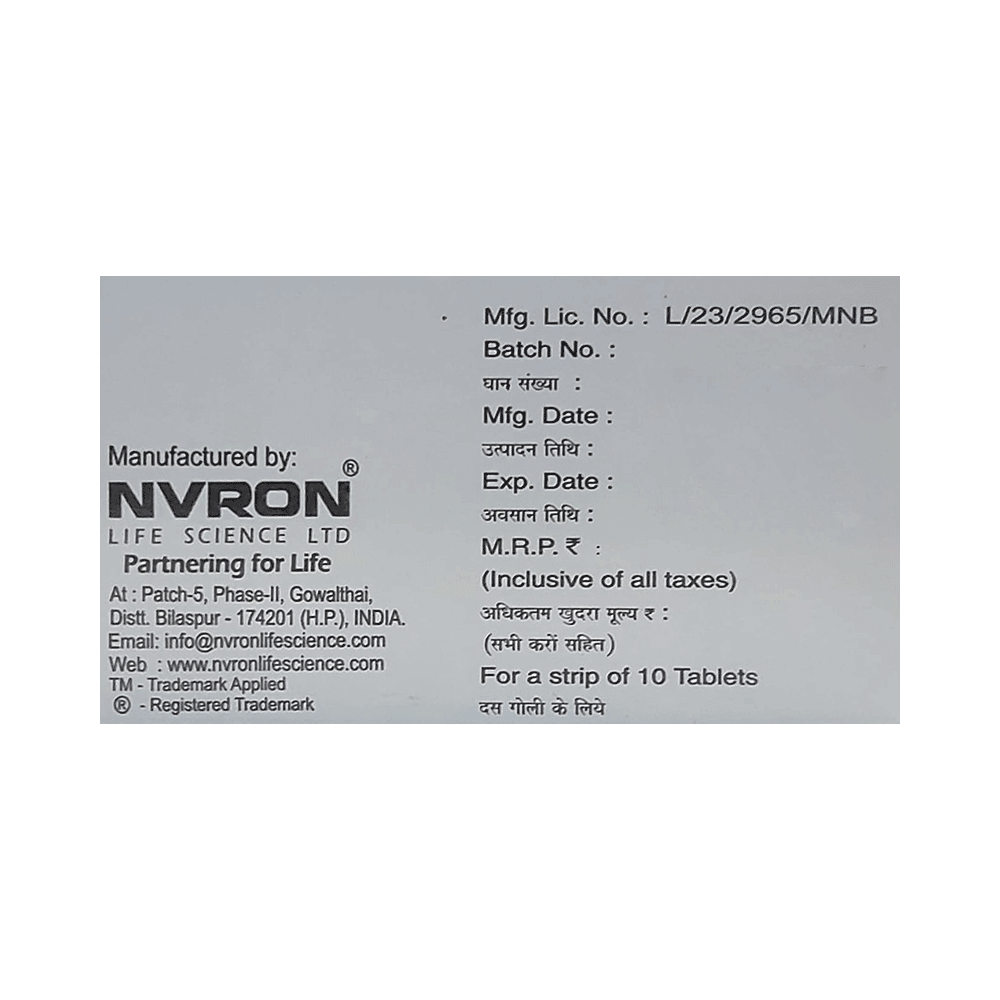
Cardizine Tablet MR
Manufacturer
Nvron Life Science Ltd
Salt Composition
Trimetazidine (35mg)
Key Information
Short Description
Cardizine Tablet MR is an anti-anginal medicine used for treating heart-related chest pain (angina).
Dosage Form
Tablet MR
Introduction
Cardizine Tablet MR should be taken regularly as advised by the doctor. You should take it with or without food and at a fixed time. Your doctor will decide how often you should take this medicine. This may change from time to time depending on how well it is working. You should take this medicine regularly to get the most benefit even if you feel fine. It helps in preventing future harm. If you stop taking it, your chest pain may come back. You can improve the health of your heart by making some lifestyle changes such as quitting smoking, cutting down on alcohol, eating well, taking regular exercise, and managing stress.
Directions for Use
Take this medicine in the dose and duration as advised by your doctor. Swallow it as a whole. Do not chew, crush or break it. Cardizine Tablet MR is to be taken with food.
How it works
Cardizine Tablet MR is an anti-anginal medication. It decreases the oxygen requirement of the heart by shifting its metabolism from fats to glucose. As a result, the heart works more efficiently.
Quick Tips
Cardizine Tablet MR prevents new attacks of angina but does not stop an acute attack. Does not affect heart rate or blood pressure at rest or during exercise. Improves HbA1c and blood sugar levels in diabetes patients. Does not affect heart rate or blood pressure at rest or during exercise. Improves HbA1c and blood sugar levels in diabetes patients.
Related Medicines
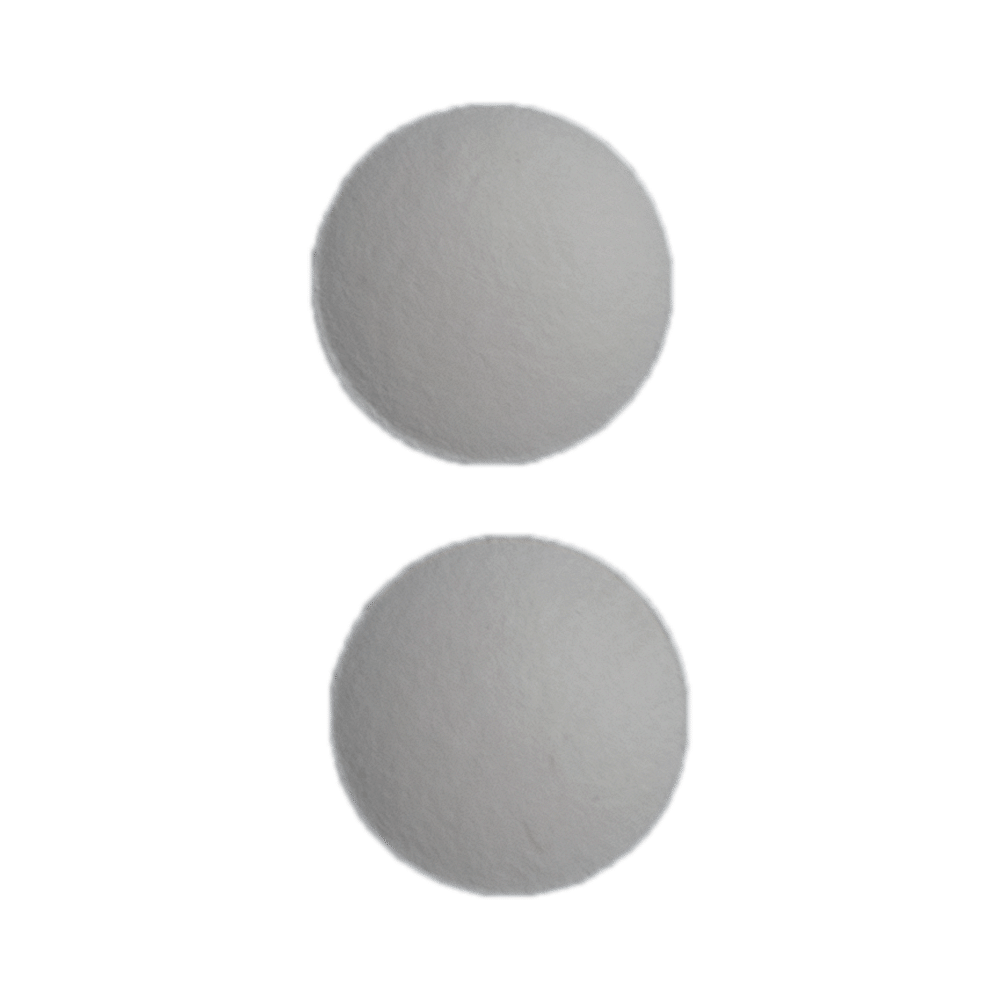
Trivedon MR Tablet
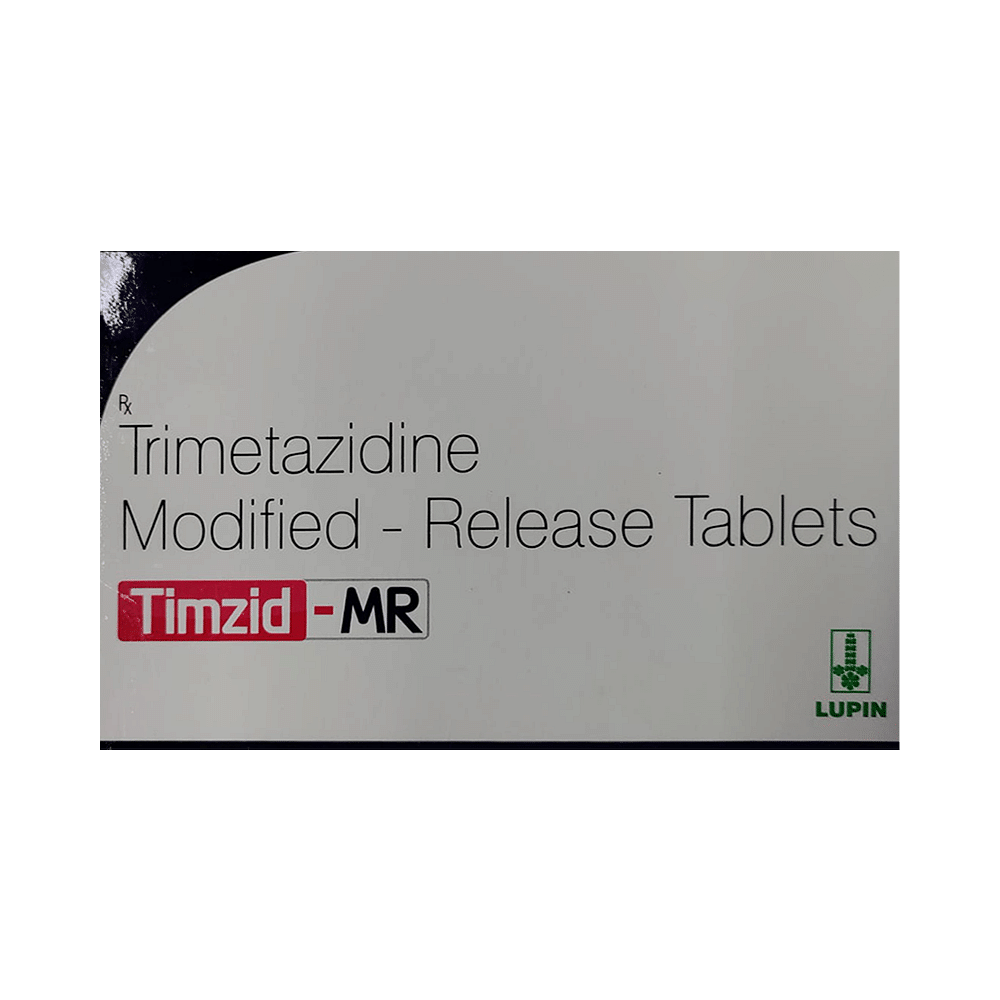
Timzid-MR Tablet
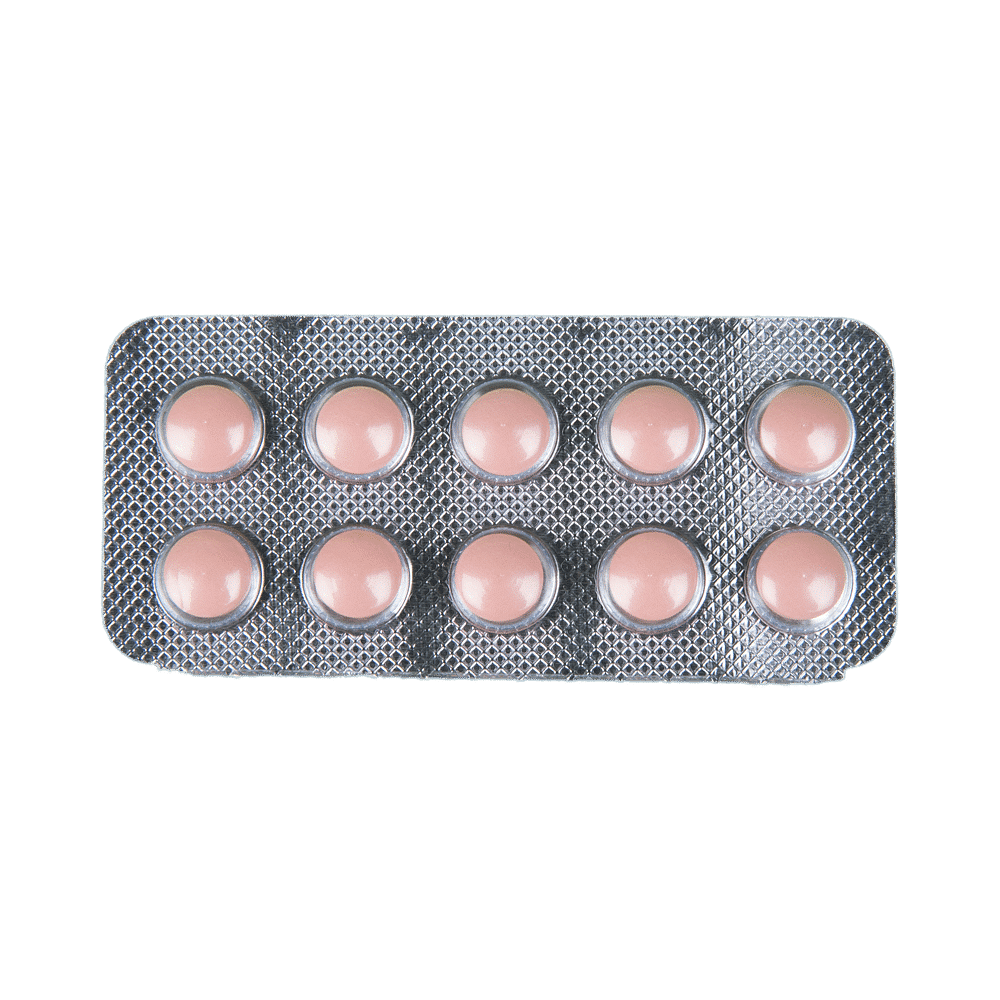
Flavedon MR 35mg Tablet

Carvidon-MR Tablet
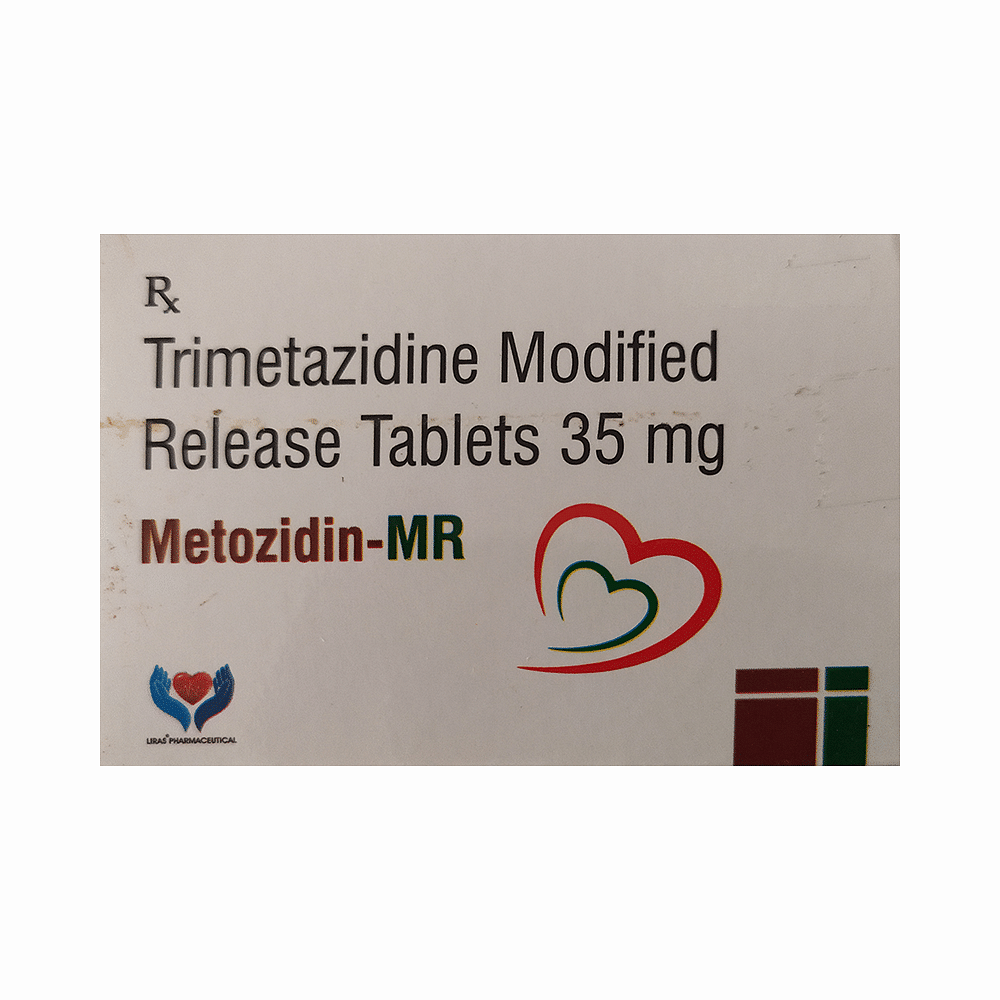
Metozidin-MR Tablet
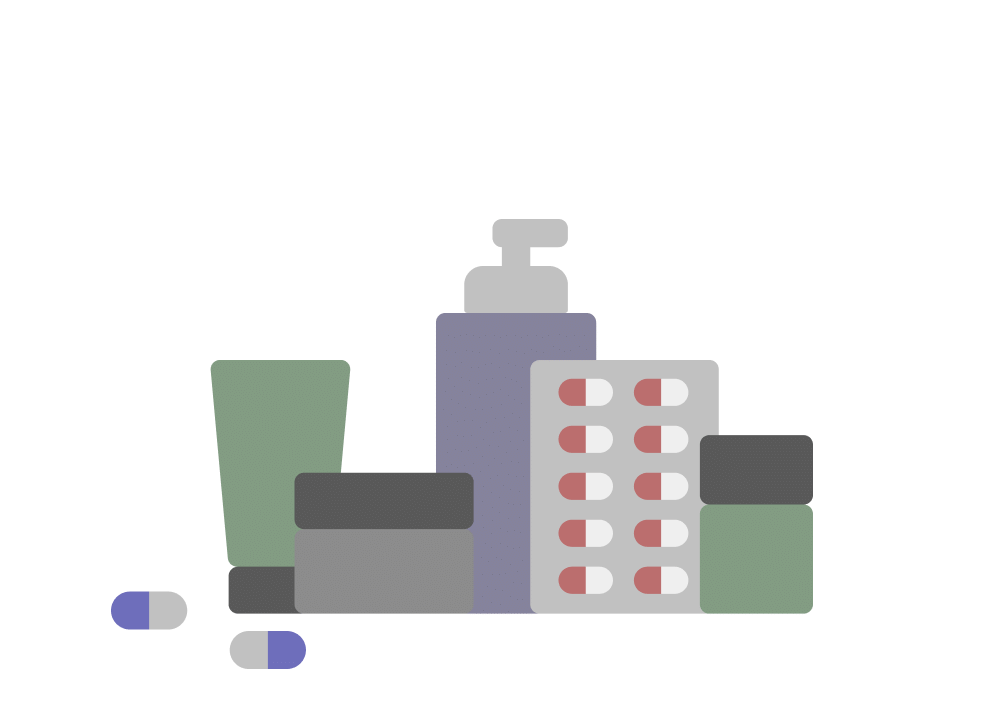
Stridon 35mg Tablet MR

Signogard 35mg Tablet MR

Metazine CR 35 Tablet

Torvastat 35mg Tablet MR

Trimezen 35mg Tablet MR
Frequently asked questions
Is Cardizine Tablet MR a beta blocker?
No, Cardizine Tablet MR is not a beta blocker. It is an anti-anginal medicine used in combination with other medicines to treat angina pectoris (chest pain caused by coronary disease). It protects the heart cells from getting affected by reduced oxygen supply during an episode of angina.
Who should not take Cardizine Tablet MR?
You should not take Cardizine Tablet MR if you are allergic to it or have severe kidney problems. Patients with Parkinson's disease should also avoid taking Cardizine Tablet MR, as it is a disease of the brain that affects movement and causes trembling, rigid posture, slow movements, and a shuffling, unbalanced walk.
Can Cardizine Tablet MR be used in elderly patients?
Cardizine Tablet MR should be used with caution in patients aged more than 75 years of age. Usually, a lower dose is prescribed in elderly patients to reduce the chances of adverse effects. It is important to continuously monitor such patients.
Does taking Cardizine Tablet MR increase the risk of falling down frequently?
Though it is rare, falls may occur with the use of Cardizine Tablet MR. This may be due to instability while walking or a fall in blood pressure while standing up. The risk may be higher in elderly patients. Therefore, they need to be more careful and should be monitored.
Does Cardizine Tablet MR cause drowsiness?
Yes, Cardizine Tablet MR may make you feel dizzy and drowsy. Therefore, you should avoid driving or using heavy machinery in case it causes these side effects.
How should Cardizine Tablet MR be taken?
You should take Cardizine Tablet MR exactly as prescribed by your doctor. It is meant for oral use, so take the tablets with sufficient amount of liquid, e.g., a glass of water. You can take this medicine with or without food.
What are the possible side effects of Cardizine Tablet MR?
The common side effects of Cardizine Tablet MR include dizziness, headache, abdominal pain, diarrhea, indigestion, and hives, rash, and itching. Its use may also make you feel sick and weak. The rare side effects may include fast or irregular heartbeats (also called palpitations), a fall in blood pressure on standing which can further cause dizziness, lightheadedness, or fainting, fall, and flushing.


